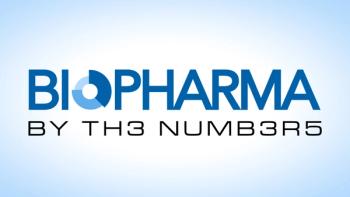
EMA Announces Electronic Applications Pilot Program
The European Medicines Agency (EMA) has launched a pilot program for submitting centralized marketing authorization applications electronically.
The European Medicines Agency (EMA) has launched a pilot program for submitting centralized marketing authorization applications electronically. The pilot began on Mar. 12, 2012, and is expected to be active for four months. During this period, companies will be able to apply for initial marketing authorization applications for human medicines, and variation and renewal applications for human and veterinary medicines using an interactive PDF form.
In a
Depending on the success of the pilot, the PDF forms may become an alternative, as well as the recommended format for submitting eCTD applications to EMA. The forms were developed in collaboration with the EMA, European Commission services, and medicines regulators in European Union member states, and their content is identical to that of the current application forms published by the European Commission in EudraLex, Volume 2.
Companies wishing to participate in the pilot are being encouraged to register their interest so that they will receive any urgent updates. Details on how companies can take part are described in the EMA’s
Newsletter
Stay at the forefront of biopharmaceutical innovation—subscribe to BioPharm International for expert insights on drug development, manufacturing, compliance, and more.





